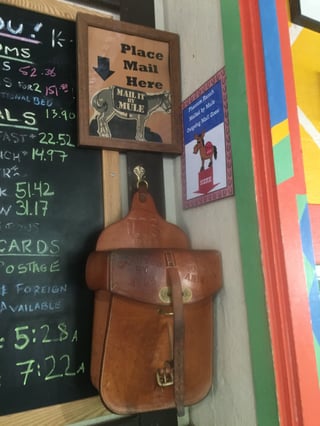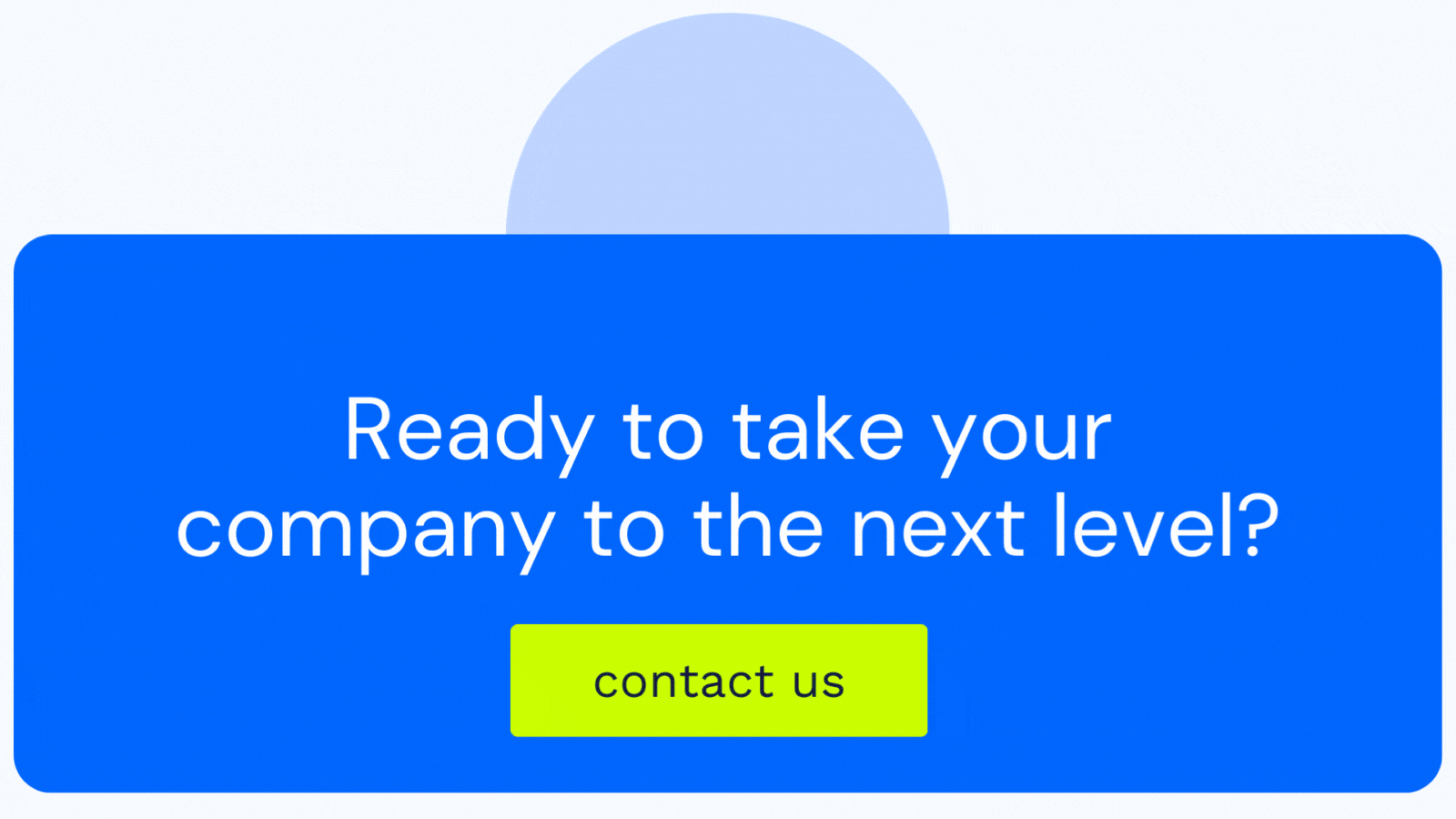In a lot of outdoor sports, the dream used to be about going faster, higher, better. Now the outdoor industry is driven by fashion and social media. People want performance, but they also want an exceptional experience. There is a functionality side but also an emotional side to website design for outdoor brands. Your first order of business is leaving your "expertise" behind and focusing on bringing together website functionality and emotional experience through the "lens of your customers."
Today, you are not only fighting for attention by searchers on mobile devices, your fighting for direct sales in this era of declining bricks and mortar sales. Not only are significantly more users accessing the web from a tablet or smartphone than a desktop, they are doing so with more E-commerce intent than ever before. Finding success can be tough to achieve and an even harder thing to analyze when it comes to the factors that helped drive it. While many experts point to countless different activities that have “proven to drive success”, through my experience most successful businesses online have a solid framework built upon three major components. Website design for outdoor companies is the first because whatever marketing you do – online or offline – your website is the central hub, the place to which and from which all marketing goes.
These three components, which we refer to as the 3-legged stool, are digital marketing, web design & development, and sales enablement. As we have found nowadays, getting a website up and running isn't nearly as difficult as it once was. Optimizing the design of that website for improved user experience (UX), on the other hand, continues to be something that marketers struggle with. If you struggle with getting a website that is "user focused and optimized," you will have trouble finding true success online as the remaining “legs” within your campaigns often can’t support the weight of the results necessary for success.
The Mobile Imperative in User Design
Mobile devices now account for nearly 2 of every 3 minutes spent online. (Source: comScore) and
Google says 61% of users are unlikely to return to a mobile site they had trouble accessing and 40% visit a competitor’s site instead. (MicKinsey & Company)
Is your company "mailing in" the mobile experience of your website? Not only are you turning away potential customers, but you're sending them straight to your competitors that provide a better mobile experience.

On October 17 2017, Hubspot published an informative article on "Compelling Statistics for User Experience Website Design and Optimization" This will help you better understand what today's emerging web design trends are and where you should be focusing your energy, they have compiled some of the most recent stats and data on website design, website optimization, and UX.
You might also consider these facts below in evaluating the importance of your website being designed with your customer's "mobile experience" in mind.
- 125 Million U.S. consumers own smartphones
- 50 million U.S. Consumers own tablets
- 62% of smartphone users have made a purchase online using their mobile device in the last 6 months
- One third of all eCommerce purchases during the 2015 holiday season were made on a smartphone.
- eCommerce dollars now comprise 10% of ALL retail revenue
- 80% of shoppers used a mobile phone inside of a physical store to either look up product reviews, compare prices or find alternative store locations
- An estimated 10 Billion Mobile Connected Devices are currently in use
As with any component, marketing, web and sales are made of up of their very own “ingredients” which when combined make the campaign successful as a whole. When it comes to a business’ website, it is no secret that companies depend upon a clean, solid and high-performing website to help inform potential customers of what they do and convert them into leads for their sales teams. In this overall concept, there is one key ingredient that I have found is often lacking that, in my opinion, can have a huge effect upon websites as a whole. This is the website’s user experience, often referred to as UX. Consider:
57% of users say they won’t recommend a business with a poorly designed mobile site. (CMS Report)
Web design is no longer just about looks -- it's all about the experience. Now, more than ever, great UX has a higher ROI.
User Experience vs. Design
There are thousands of highly talented designers out there but when it comes to web design, there is another level of detail and understanding that a designer must have in order to truly be successful in what they do. My experience has shown that sites that have not integrated even basic user experience have failed the customer, even if it is artistically and visually stunning.
Have you ever downloaded a cool new app on your phone only to find that the functionality was not “user friendly”? The basic use may have been difficult to understand, the menus may have been hidden or non-existent or the main tools you used most may have been buried beneath fluff and finesse in an attempt to look cool. Yeah, we’ve all been there. In respect to business websites, the concept is no different. Most businesses are trying to solve a problem for their customers, whether it be B2B, B2C, or other. No matter the customer base, the user of the website must be able to successful navigate it on their own in order to do what they need to do. Having a good user experience is essential for a website as it makes it so that visitors can traverse your pages with ease, find the information they need quickly and efficiently, and give them the opportunity to convert. The whole idea behind UX is this – don’t make them work for it.
Real World Example
In a recent client campaign where we were implementing a growth driven design for outdoor companies (GDD) assessment, we faced a site that desperately needed to generate leads for the business. Even without integrated heat mapping tools and review of site page analytics it wasn’t hard to see what was really going wrong for this site.
- Video Banner Load Time – The home page had a looping video banner which from the get go made the page load slower than normal, even with development optimization. Since most people have attention spans shorter than goldfish (no really, they actually have tested this to be true), this lead to high drop off rates from the very start.
- Confusing Conversion Points – There were several elements that were not obvious links or conversion points on both the home page and key site pages, making it hard for visitors to take the next step in the buyer’s journey.
- Text-Heavy Designs – The page templates for the site were extremely text heavy and did a poor job of breaking up the content in a way that allowed readers to more easily digest the information being provided.
From this assessment and utilizing both best-practice and user experience methodologies, we were able to redesign and implement clear structure and conversion paths that ultimately helped to improve the overall use of the site.
Though there are several factor which make websites successful and indeed make it a value to a successful campaign as a whole, one thing that businesses must put first is the user experience.



